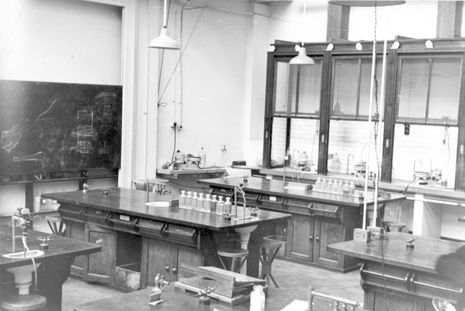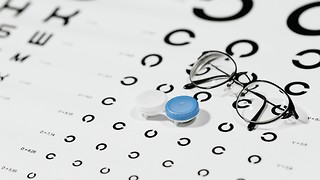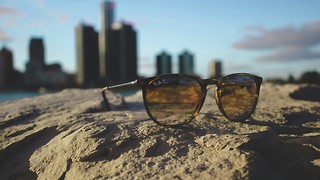A new Cambridge exhibition materialises, and an underappreciated department reveals its fascinating history
Dhruv Shenai discusses his involvement in curating an exhibition on the university’s materials science department’s history

Lying at the intersection of physics, chemistry and engineering, materials science is often treated like the quiet but friendly neighbour – important, but somehow overshadowed. However, after a two-month internship creating a museum-style exhibition of the materials department’s history, I would like to share how their achievements have given me a renewed appreciation for the subject.
It is the first day of my internship and I am on my way to see the abandoned archives with the Head of Department. I am led through a space reminiscent of the boiler room in Nightmare on Elm Street, with silver pipes and pressure gauges on the walls. I find myself looking at some dusty filing cabinets labelled ‘Department Archives’. At this point, I felt like an explorer. Inside each drawer were relics: confidential wartime records, century-old letters and scientific notebooks from the department’s earliest days.
“The department began as a college metallurgical laboratory in Sidney Sussex in the 1880s, where the current bike shed now sits on Sidney street”
The department began as a college metallurgical laboratory in Sidney Sussex in the 1880s, where the current bike shed now sits on Sidney street. Funnily enough, this period in history is the most well documented – from mercury thermometers to original notebooks and letters. Because of this, it is a big feature in the exhibition. The yellowed pages and cursive writing is well-worth a look, and it is amazing to see how much detail they achieved in their microscope photos.
What is fascinating is that the research in this period was conducted primarily by only two Fellows of the college: CT Heycock and FH Neville. Heycock was the experimentalist working with the lab equipment while Neville was the theorist, who was corresponding with leading academics in Europe on their discoveries.
With plenty of artefacts from the period, and their role in setting up the department, they naturally became a focus of the exhibition. Telling their story alongside the science was important to me: it is the people behind the science that bring the history to life. It is also key to explain how Materials Science grew into a subject of its own.
A central development in establishing Materials Science was the invention of the electron microscope. In the department, it proved pivotal in studying age-hardening, the counterintuitive process where certain alloys become stronger when heated. It discusses the individual contributions of the researchers and shows some beautiful electron microscope images, some of which are still seen in modern textbooks on the subject.
“It’s the people behind the science that bring the history to life”
Finally, there is one story that really encapsulates my time here. Back in the archives, I found this black military-style metal box with ‘U.R. Evans Teaching Equipment’ handwritten in white paint. Inside, there were various glass tubes and substances used for early outreach initiatives in the 1930-50s. Evans was widely regarded as ‘the father of the science of corrosion’ but was also known for his hands-on teaching and outreach. The box was known in the department as ‘Evans’ box of tricks’.
Rediscovering this box and learning the story behind it helped me reconnect with a period that’s been lost from living memory, something I found incredibly touching and profound. I wonder if we can reuse the box and add a few more tricks now.
This experience has been an amazing introduction to creating an exhibition, and learning some science along the way was a great plus – certainly not a Nightmare on Materials Street. In terms of my love for materials, it has only helped strengthen it. I think if you compare the department to other Cambridge physical science departments, you lose appreciation for the important foundational work that the materials department has done. Comparison truly is the thief of joy.
So yes, materials science might be the quiet sibling in the Natural Sciences Tripos. But maybe it is time we listened more closely. After all, the future depends not just on new developments, but on materials – because progress comes when the two advance together.
 News / SU reluctantly registers controversial women’s soc18 December 2025
News / SU reluctantly registers controversial women’s soc18 December 2025 Features / Should I stay or should I go? Cambridge students and alumni reflect on how their memories stay with them15 December 2025
Features / Should I stay or should I go? Cambridge students and alumni reflect on how their memories stay with them15 December 2025 News / Dons warn PM about Vet School closure16 December 2025
News / Dons warn PM about Vet School closure16 December 2025 News / Cambridge study finds students learn better with notes than AI13 December 2025
News / Cambridge study finds students learn better with notes than AI13 December 2025 News / Uni registers controversial new women’s society28 November 2025
News / Uni registers controversial new women’s society28 November 2025










